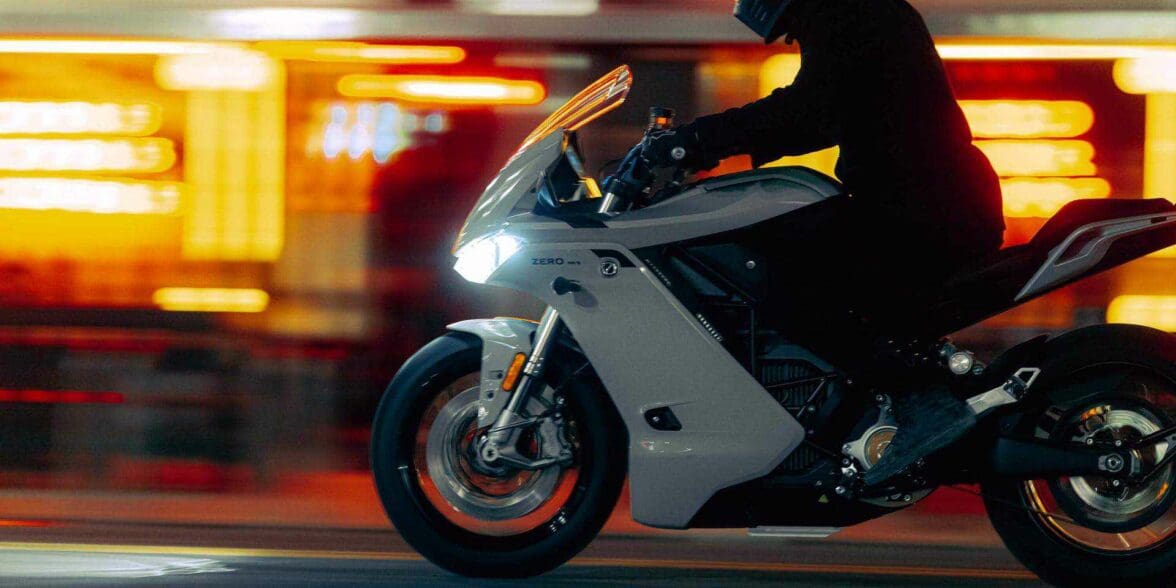NOTE: This is an opinion piece. The views expressed within may not reflect the views held by all staff at webBikeWorld, and are the express views of this author alone.
In the world of motorcycles, at least at the moment, it is expected that when you buy a new bike, you get access to everything on the bike. You’re already paying thousands, sometimes tens of thousands, for a vehicle, and you expect everything to be there and working as soon as you take delivery. There is, however, a worrying precedent being set in the electric motorcycle market that some of those expected amenities will be locked away behind a paywall.
If you are familiar with the Information Technology business, the idea of offering something—such as a server, a complete computer system, or some kind of software—on a rental-style payment system is fairly commonplace. These are known as “as a Service” plans, and are implemented in case you do not want to hand over the sometimes tens of thousands of dollars for specialized systems and software licenses.
A very common example of this is via Adobe Software and their Creative Cloud Software as a Service, where you “rent” the license to use things like Photoshop and Premiere Pro for as little as $10 per month, instead of the $1,000+ each piece of software would cost to buy outright. But how does this apply to electric bikes?
What Kinds of Things Can Be Locked Behind a Paywall?
This kind of idea does exist in a very limited way in the automotive market—in that if you want to listen to satellite radio, you need to subscribe. In Tesla EVs, if you want to use autopilot on a secondhand model, you need to hand over the cash to do so as the new owner. However, in terms of safety features, you don’t buy a car and then expect to find that to use the ABS, you need to subscribe to the manufacturer’s braking system, as an example.
Convenience features, however, are quite liable to be put behind a subscription or a paywall. Say, for example, you buy an electric motorcycle and plug it in to a charge point, either in your home or at a charging station in your city. The bike itself is capable of 150 kW charging, but when you plug it in, you find that the bike only charges at 75 kW. Surprise, that 150 kW charge rate needs you to buy the 150 kW charge rate pack, for only an extra $1,500!
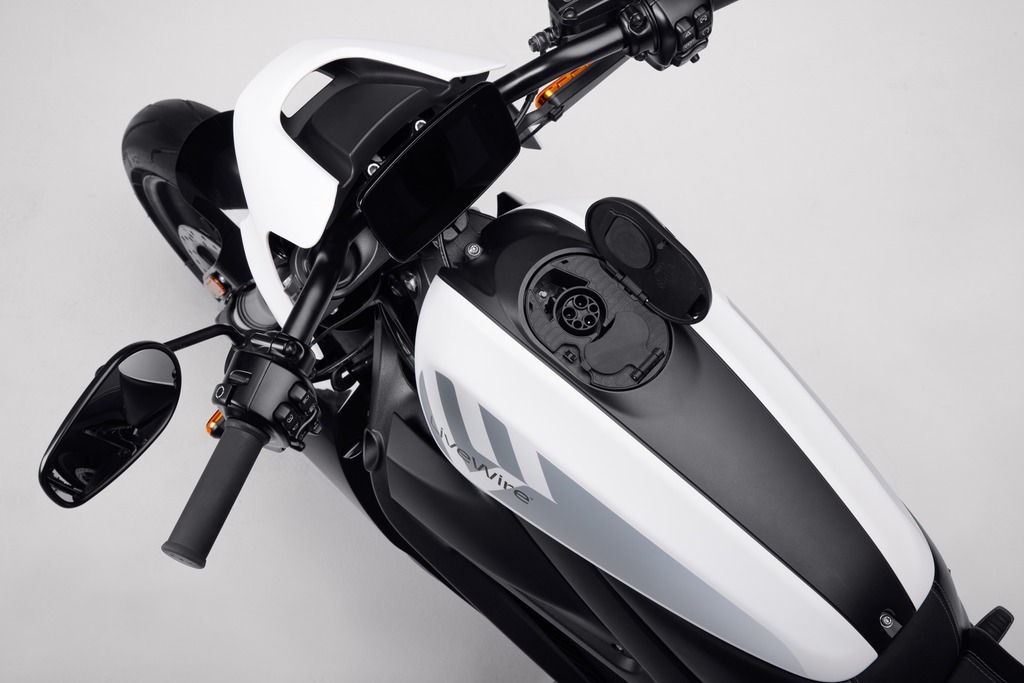
Other prime targets for paywall restrictions include features like rider-set riding modes, heated grips, electronically adjustable suspension, even connectivity to a smartphone app to track battery usage and average miles per kWh ratings. While they don’t take away from the functionality of the bike to move and be ridden, they are features that most riders would realistically expect to simply be available.
The extremely worrying thing is that the example of the charge rate doubling above… wasn’t hypothetical.
A Case Study: Zero Motorcycles & Locked Features
Zero Motorcycles, as many know, were one of the first manufacturers to leap headfirst into the electric bike market. It could be argued that they helped kickstart the electric motorcycle movement in the Americas, and have had moderate success in changing people’s minds about whether electric motorcycles will actually catch on. However, with the release of their 2022 SR/F and SR/S bikes, using the new Cypher III+ management software and associated smartphone app, they have fully introduced the concept of “Features as a Service” behind extra paywalls.
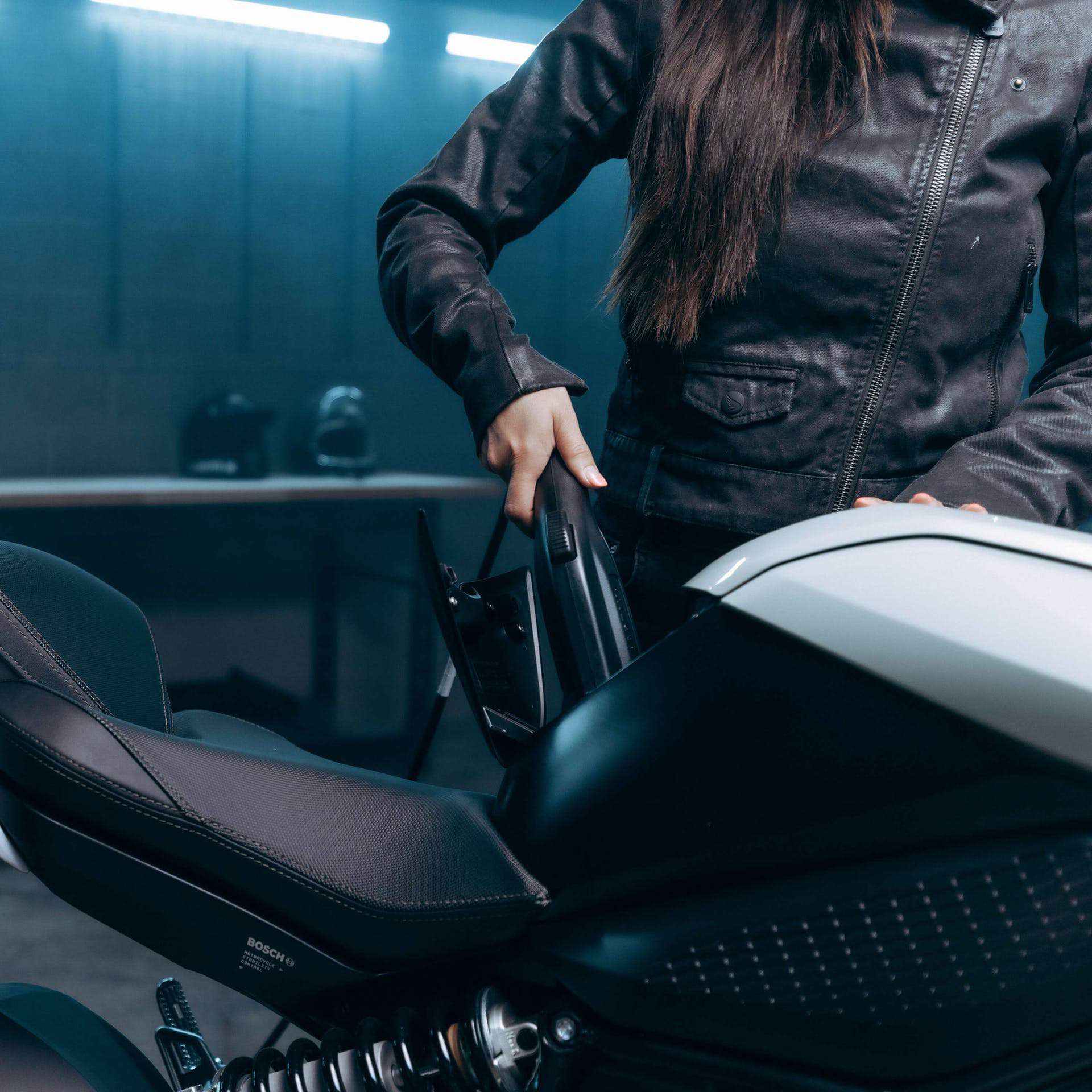
For example, with the 2022 Zero SR/S, if you want to charge your bike 17% faster, that’s $295. Want to use the built-in dash-display navigation system? $195. To double your charging speed, as explained in the previous section, that is $1,495. Live somewhere chilly and want to use the included heated grips? That’s another $195.
This doesn’t just relate to charging and features, however. The truly worrying paywall is the battery itself, which is marketed as a 15 kWh battery, but is realistically an almost 18 kWh unit. Why? Because if you want to unlock an extra 10% of battery capacity, that is a whopping $2,195! To put that in perspective, to add 10% more capacity to an artificially locked battery, you need to pay just about 80% of the MSRP of a Honda Metropolitan scooter.
It gets even worse with the 2022 Zero SR/F. While the SR/S has rider aides and bonus features locked behind a paywall, the SR/F has actual performance and safety locked away. It is advertised as having 110 HP, 140 lbs-ft of torque, and a 124 MPH (200 KPH) top speed, with lean angle sensitive six-axis stability control and a fully-featured dual-zone ABS system.
You get that… if you buy the premium trim.
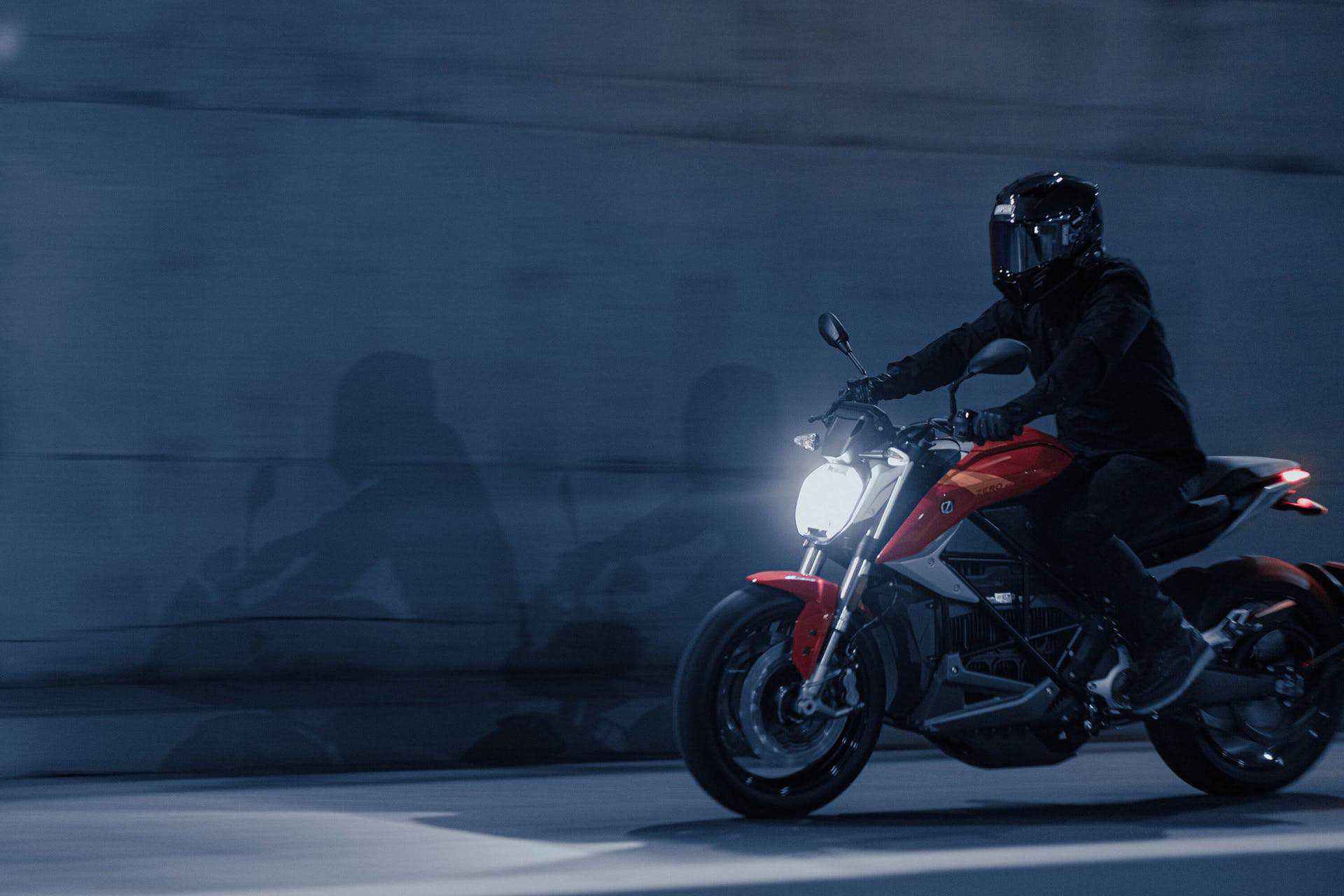
If you buy any other trim, you are restricted to 74 HP, 122 lbs-ft, and 104 MPH (167 KPH). Crucially, you also only get accelerometer-based stability control, and single-zone ABS on the front wheel only. To unlock the true power and safety of the bike, you need to fork over another $1,795.
To lock safety features behind a paywall goes beyond worrying to flat-out concerning, especially when you’re paying $17,500 or more to get a top-of-the-range Zero bike. Want the Premium SR/F with all the power and safety unlocked, but none of the extra features unlocked? That’s nearly $22,000, with nearly $4,300 needed to unlock all the features that you would expect to already be included at that retail price.
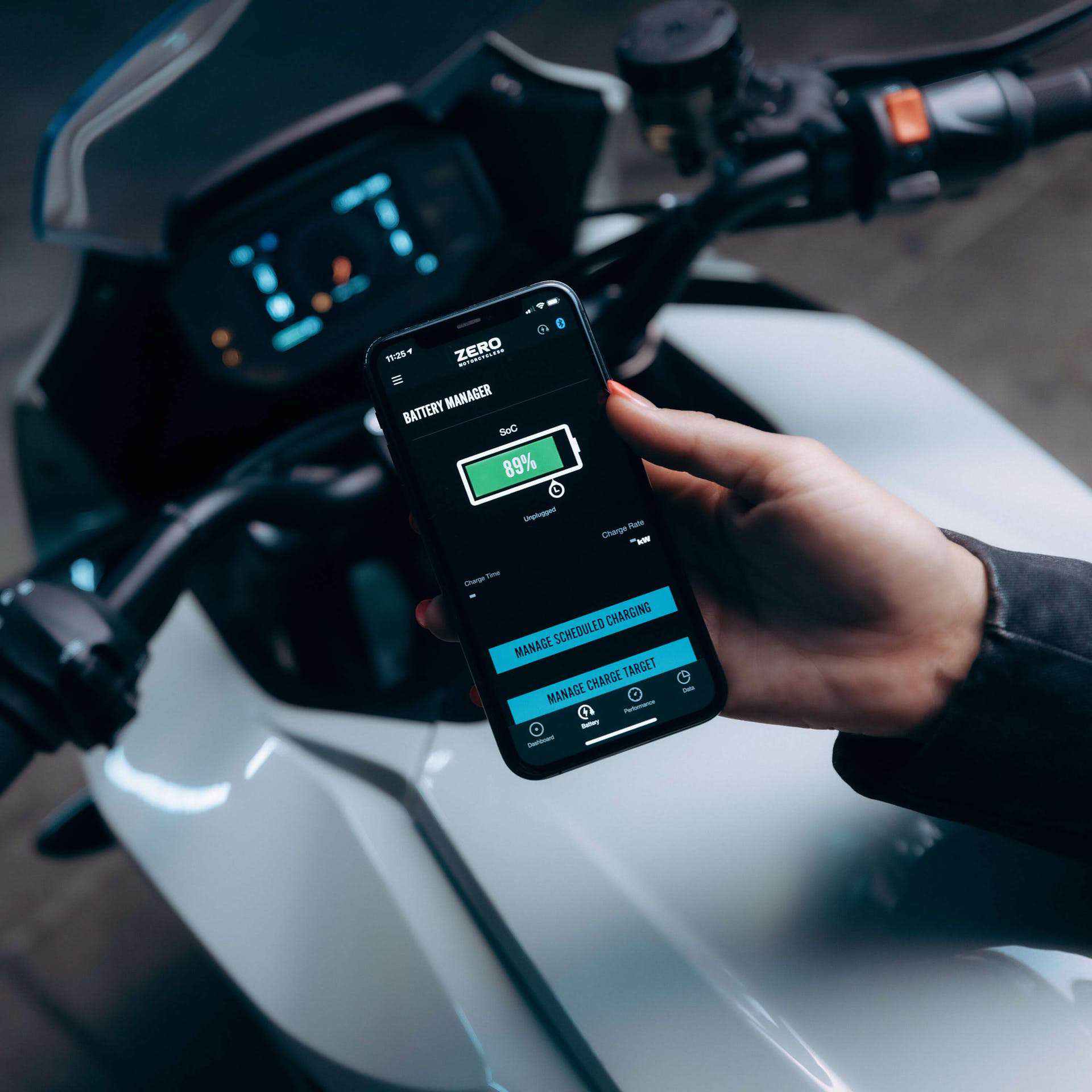
To play the devil’s advocate, there is a method behind the madness. By implementing software and firmware locks on features and power, it means that only one basic bike needs to be built. It’s after the bike has left the production line that the locks are put in place (or the bike is left unlocked if it’s a premium model). This streamlines both finances, materials, and production speed to optimize delivery times. Also, the pay-to-unlock features, as they are already built-in to the motorcycle, are nearly 100% pure profit.
It also allows for the possibility of incentivizing the features locked away. For example, maybe Zero will unlock the heated grips for the first week of September, when fall winds are in the air and it would be lovely to have toasty warm hands. It could also have demo days, such as during the summer, the first Tuesday of each month, your bike will be at full power with all features unlocked, and you can ride around to test them out. By showing how convenient the navigation system is to help you find a charge station, and then also allowing you to charge at the full power capability, you might just be tempted to pay to unlock.
To a rider, or potential owner, the complete opposite is true. You’ve saved up as much as you can, you’re really excited to be on the bleeding edge of environmentally-responsible green motoring, as well as looking forward to the immediate torque and power an electric motor provides. Imagine, then, the sour taste that would be in your mouth after buying your shiny new 2022 Zero SR/S and finding that to even charge it at the advertised speed, you need to hand over another full paycheck’s worth of money. Just to charge it at the advertised speed.
There is no way that this will catch on, right?
Will this Actually Succeed? Comparing Features as a Service to Other Paywall Models
The simple fact of the matter is that we, as a society, are already neck deep in “as a Service” models. You have a smartphone plan, an internet/tv package plan with your favorite channels on a subscription, a Spotify subscription, and for every seven coffees you buy from your shop of choice with your plan card or by using your Google or Apple wallet via that shop’s app, you get one free.
Breaking that down, that’s voice/text as a Service, internet as a Service, entertainment as a Service, music/radio as a Service, and a rewards-based plan to entice you to use that specific coffee shop repeatedly. This is a gross oversimplification, but the point is that we, as North Americans, are already living with most of the things we use day to day on a “as a Service” model, with a rewards-based system for participating in it.
If you or anyone you know also plays any online games—such as World of Warcraft or Final Fantasy XIV—that require a monthly subscription, you can bundle “Game as a Service” in there as well.

Again playing the devil’s advocate, the simple truth is that it’s already happening in the automotive sector, especially in the luxury market. BMW has recently introduced a paywall to unlock heated seats in their 3 and 5 Series cars, despite the fact that the physical systems to make them work are in every 3 and 5 Series. As well, the unlocks to all of the items for Zero are one-time payments attached to each owners’ Cypher III+ account, so if your bike is written off in an accident and you get another Zero, once the account is connected, the unlocks will apply immediately.
Realistically, the only way that this type of “Features as a Service” trend will not succeed is if the voting for it is done with wallets—for example, buy a KTM Freeride E-XC instead of a Zero FX. Don’t unlock the heated grips or double charge rate unless you absolutely need them. Don’t buy the SR/F if you can buy the SR/S, because at least the SR/S has full motor power and safety features unlocked.
The truth is, however, that we are a society of convenience in North America. What is $195 against untold miles of toasty warm hands? What is $1,500 if it means you spend 20 minutes at the charge station instead of 45? Time, as the saying goes, is money, and going from 10% to 80% charge in 20 minutes means you’ll already be halfway home by the time the guy that didn’t unlock the double charge rate even reaches 80%.
So will “Features as a Service” succeed? In the concerned opinion of this author… most likely.


